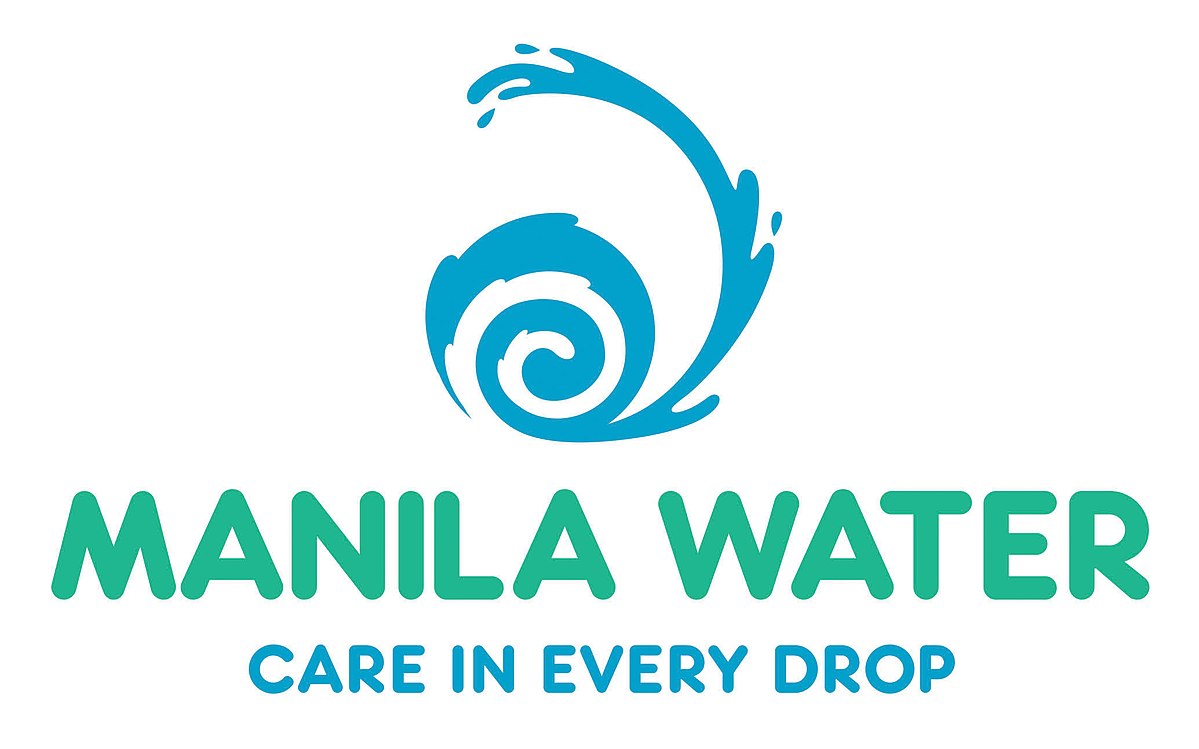Project
Manila Water Company supplies more than 1 million households in metro Manila and the Philippines province of Rizal. The distribution supply system is a combination of gravity and pump-fed for central business districts, industrial zones, and urban areas. Inefficient pump operation caused high pressure during off-peak periods to 3% of customers resulting in constant pipe breakages and leakages. About 1% of customers experienced low pressure to no water during peak demand.
Solution
To optimize operations and increase revenue without increasing operational expenses, Manila Water used WaterGEMS’ Darwin Scheduler to define the optimal pump operation. Customer profile data was logged, and pump operations were based on demand patterns. Incorporating peak power costs, the optimization run of pumps revealed the optimal scenario. Trial of the scenario reduced power consumption by 4.5% during off-peak and 15.5% during peak. Average pressure increased 6 pounds per square inch (psi) during peak hour.
Outcome
Manila Water’s demand-based network management scheme now provides water supply to customers with the appropriate pressure at the appropriate time. The operational efficiency of the distribution system has been optimized, and the amount of unaccounted water volume has been reduced. The USD 1.8 million study for all Manila Water’s pump operations will return an annual cost savings of USD 367,000.
Software
Manila Water had been operating pumps manually by trial and error to maximize savings. WaterGEMS enabled the company to study different optimization solutions in theory, then decide which solution was feasible. Using WaterGEMS allowed the company to consider all network requirements, including the demands of various customer profiles. The software disproved what was thought to be a high-savings scheme and revealed more efficient options.
Facts
- The 1% of customers who experienced low pressure will now have a minimum of 7 psi during peak hours.
- This higher pressure will produce a 1 million liter per day increase in volume and associated revenue.
- The reduced pressure during non-peak hours reduced mainline breakage and associated maintenance and repair costs.
- Automated data logging and adjustment of pressure relief valves will save manpower and costs.
- The study will pay for itself in 4.6 years.

